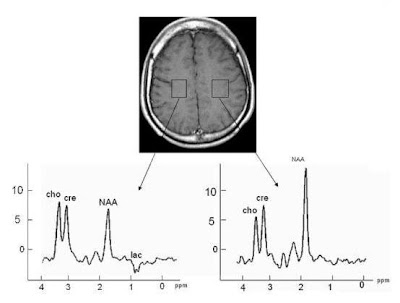 |
| Diagram displaying a left ureterocele. |
Ureteroceles are classified as either intravesical or ectopic. In an intravesical ureterocele, which is also known as a simple ureterocele, the orifice of the ureter and the ureterocele itself are intravesical. The ectopic ureterocele lies in the submucosa of the bladder, and some part of it may extend into the bladder neck or urethra.
Intravesical ureteroceles can be unilateral or bilateral. They are usually diagnosed in adults; hence, they are also called adult-type ureteroceles. They occur more often in women than in men. Ureteroceles are considered congenital by some authorities. Because one of the causes is a narrowed ureteral orifice, however, it is reasonable to conclude that not all unilateral ureteroceles are congenital. Inflammation or trauma leading to fibrosis can cause development of such a ureterocele. Most intravesical ureteroceles are incidental findings in asymptomatic adult patients. When large, ureteroceles can cause obstruction of the bladder neck, along with obstruction of the ipsilateral ureter. This results in an increased frequency of calculus formation, as well as infection. With obstruction, there may be substantial delay in filling the ureter, requiring delayed imaging to make the diagnosis.
Ectopic ureteroceles are almost always seen in association with duplex ureters and arise from the upper-pole ureter. Ureteroceles are usually diagnosed in childhood. Rarely, an ectopic ureterocele occurs without ureteral duplication, usually in boys. Most commonly, the orifice is stenotic, resulting in an obstructed and often nonfunctioning system. An ectopic ureterocele generally appears as an intravesical filling defect instead of the classic cobra head sign.
The cobra head sign is an indicator of an un-complicated ureterocele. However, a cobra-shaped distal end of a ureter may be seen with incomplete distal ureteral obstruction caused by a tumor or calculus. This appearance is termed pseudoureterocele. The appearance of the radiolucent wall surrounding the dilated distal ureteral segment is an important differentiating point between a ureterocele and a pseudoureterocele. The lucency or halo surrounding a pseudoureterocele is thicker than that of a uterocele and is poorly defined; in cases of tumors, it may be irregular and may show a filling defect within the ureterocele. The urographic diagnosis of a pseudoureterocele is much more likely than that of a ureterocele when there is asymmetry of the dilated ureteral lumen, moderate to severe obstruction of the upper tract, and evidence of an acquired cause, such as a calculus or abnormal vesical mucosal pattern. Rarely, thickening of this lucency in a patient with a known ureterocele is usually associated with a complicating process, such as edema with a calculus.
Ultrasonography may demonstrate the wall of the ureterocele projecting into the lumen of the bladder. In questionable cases, cystoscopy may be helpful to rule out a bladder tumor that has formed a pseudoureterocele.



















